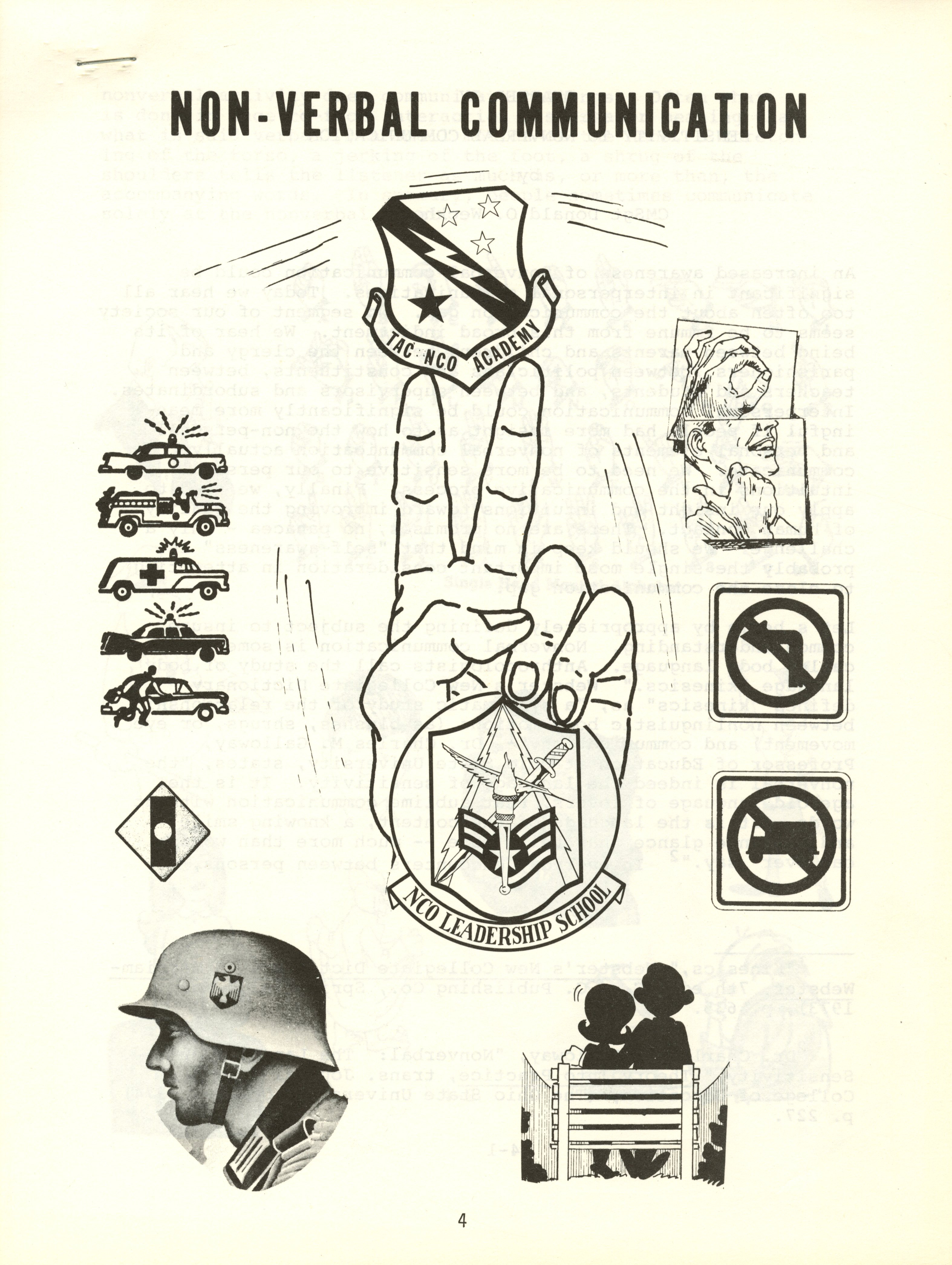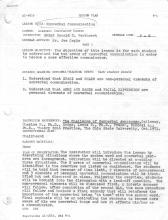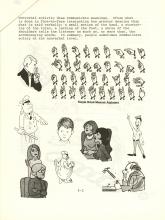 Anybody who regularly reads my blog posts is aware that I am a huge fan of former base historian Chief Master Sergeant Donald O. Weckhorst. Weckhorst arrived at Chanute in 1952 and dedicated nearly his entire life to the base, including researching and authoring the 75-year pictorial history of Chanute Air Force Base, helping found the Chanute Heritage Foundation, and founding the Octave Chanute Aerospace Museum. One of Weckhorst’s pet projects at the base during his final years of active duty was the creation of the non-verbal communication program. According to Weckhorst, “nonverbal communication is sometimes called ‘body language, but that is not entirely accurate---there is more than the body involved.” He described nonverbal communication as the study of body language, also known as kinesics, which Mirriam-Webster’s defined as “a systematic study of the relationship between nonlinguistic body motions (as blushes, shrugs, or eye movement) and communication.
Anybody who regularly reads my blog posts is aware that I am a huge fan of former base historian Chief Master Sergeant Donald O. Weckhorst. Weckhorst arrived at Chanute in 1952 and dedicated nearly his entire life to the base, including researching and authoring the 75-year pictorial history of Chanute Air Force Base, helping found the Chanute Heritage Foundation, and founding the Octave Chanute Aerospace Museum. One of Weckhorst’s pet projects at the base during his final years of active duty was the creation of the non-verbal communication program. According to Weckhorst, “nonverbal communication is sometimes called ‘body language, but that is not entirely accurate---there is more than the body involved.” He described nonverbal communication as the study of body language, also known as kinesics, which Mirriam-Webster’s defined as “a systematic study of the relationship between nonlinguistic body motions (as blushes, shrugs, or eye movement) and communication.
To research non-verbal communication, Weckhorst reached out to different academics from across the country for reference and guidance. In 1973, he received a pamphlet by Jay W. Reeve from the Department of Counselor Education at California State University about non-verbal communication that contained an academic assessment with numerous supporting examples. Two years later, Weckhorst reached out to Assistant Professor R. Lewis Hodge from the University of Tennessee in Knoxville for information. Hodge sent the requested materials and invited Weckhorst to attend a non-verbal communication workshop at the University (which was sadly canceled due to low reservation numbers). Weckhorst also obtained the October 1971 and June 1977 copies of the journal TIP: Theory into Practice, which offered numerous articles about non-verbal communication from different academics from across the country.
Utilizing this research, Weckhorst wrote a guide on non-verbal communication and developed a lesson plan that he presented at Chanute Air Force Base, local high schools, and other Air Force bases across the country. According to the course syllabus, the lesson’s objective was for “each student to understand two areas of non-verbal communication to become a more effective communicator. The desired learning outcomes were to “understand that SPACE and COLOR are non-personal elements of non-verbal communication” and “understand that ARMS and HANDS and FACIAL EXPRESSIONS are personal elements of non-verbal communication.” Weckhorst’s guide is particularly interesting because it is the first evidence we have in the Archives of his authorship. He was neither a trained historian nor archivist when he took over the Chanute History Office in 1983, but his dedication to research and education, as well as his impressive writing skills, were already apparent as a result of his work on the non-verbal communication project.
- Tom Kuipers
Archives Assistant


